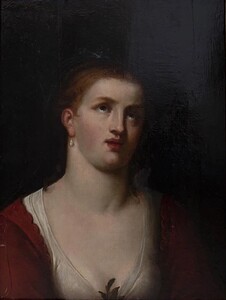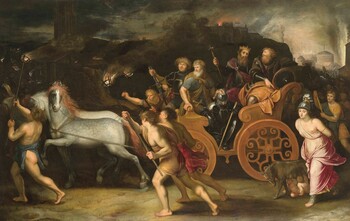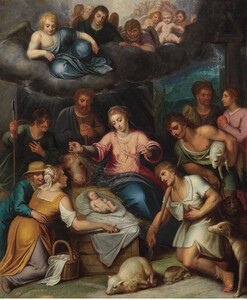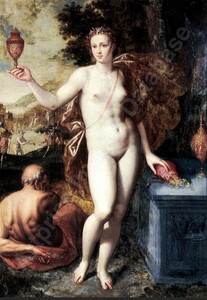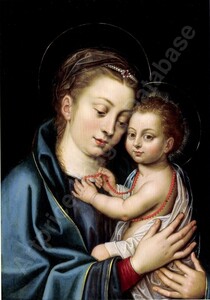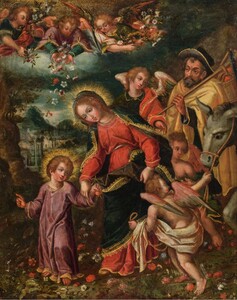Otto van Veen
The capture of Rome
Oil on canvas : 144,7 X 227,3 cm
Unsigned
Sold at Christie’s London, 5/07/18
For 728.750 £ = 823.311 €
To the Phoebus Foundation
Long-term loan to the Rubenshuis (Rubens House), Antwerp
This is a comparative item
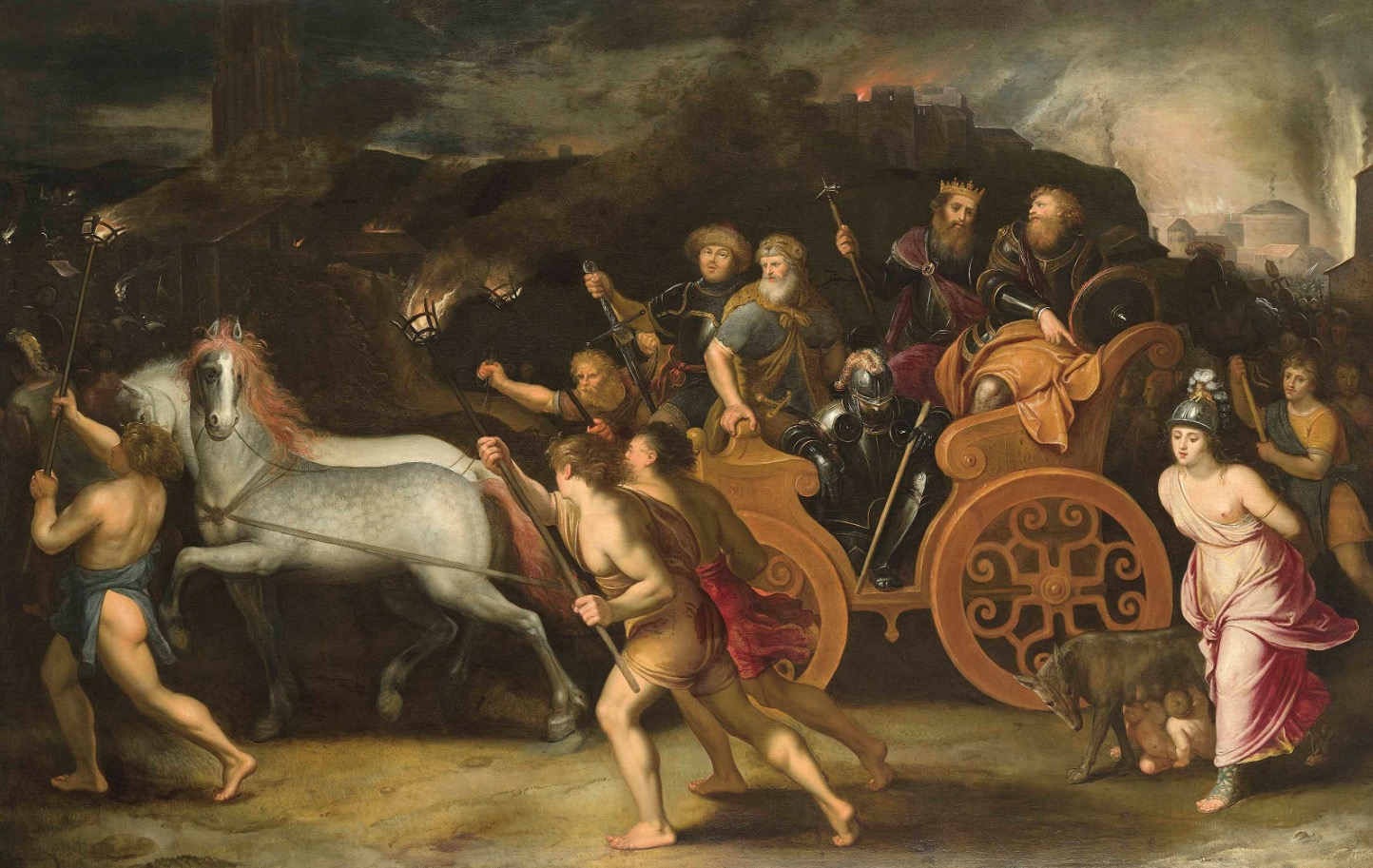
Painting for Sale
Comparative paintings
Click photos for more details

